Teachers’ POV: Hispanic Heritage Month
September 23, 2022
Hispanic Heritage Month began on Sept. 15, a month that is dedicated to celebrating the histories, cultures, and contributions of American citizens whose ancestors are of Hispanic descent.
I was interested in discovering how Hispanic culture was interspersed within the Rosary community, being that there are numerous students, faculty, and staff that are of Hispanic/Latin descent. But there was one specific group that I wanted to focus on for this specific article: the teachers.
So I asked a couple of our teachers a simple question: “What does Hispanic Heritage Month mean to you?” Well, perhaps it’s not such a simple question — there are so many different aspects of Hispanic Heritage. Nonetheless, here are a couple things the teachers had to mention:
Señora Kappe ’03, Spanish teacher and Department Chair for World Languages, expressed, “For me, Hispanic Heritage Month is a time where people can educate their own families, friends, people of the world where they’re from, what Spanish speaking country their from, their dialect of Spanish they use. We can teach them the traditions that they teach people in their families, food, clothing, especially events that happen in their countries and just make people aware that even though we live in the United States and we respect the country that we’re in, we love the countries that our families are from and we want to make sure that we don’t loose our language we don’t loose our special holidays that we celebrate and we just take that time to make people aware of who are!”
Señora Kam, also a Spanish teacher here at Rosary, mentioned, “I think that in Southern California there is such a focus on Mexican culture which is wonderful and we all love Mexican culture, but that there’s so much more to Hispanics, it encompasses so much more. Interestingly, like one of my classes right now, I was talking to the girls and a majority of the class was Hispanic and of all those Hispanic, fewer than half were Mexican. I’m hearing Peruvian, Ecuadorian, Cuban, Panamanian, and Costa Rican, so California has definitely become more diverse in terms of its Hispanics and its wonderful to celebrate all of those cultures.
I think being proud of our heritage and knowing it’s a beautiful, festive, loving, very expressive language and culture. The warm of the hugs and the hugs and the hospitality. I think that’s one thing that definitely stands out for me. I think faith is also heavily interspersed and prioritized within Hispanic culture, which is so beautiful to see.”
Ms. Rios, one of our newest math teachers who is a first-generation Mexican-American, revealed, “I enjoy the fact that either in the news or social media or through other people, you highlight people that you normally would not find out about. Like Katya Echazarreta, the first Mexican-born American woman and one of the youngest women ever to fly to space. I think its really great that they highlight such historic events, and monumental things that happen in our society, I think that’s great! I think it’s a great time to highlight the amazing accomplishments of people who identify as Latino, Latinx. I am a first generation Mexican-American.”
Finally, Mrs. Jenkins, one of Rosary’s history teachers and a first-generation Salvadorian-American, expressed, “Being a Latina is central to who I am as an educator and American! My parents came to the U.S. in 1977 from El Salvador shortly after getting married. They made the difficult decision to leave their families and home country behind in order to have their children born in a country where they would have more of an opportunity than they ever did. They worked very hard at difficult jobs and I have always known what their sacrifice was, and used that pressure to propel my studies and work. SI SE PUEDE!”
To be honest, there have been times when it has been difficult to fight stereotypes and to manage the misrepresentations of Latinos in society and in political issues. However, I feel fortunate to have a unique opportunity as a teacher to make sure that changes.
To my fellow Latinas in the Rosary community I say: be proud of your Latina heritage! Ask your family questions, do some research, and it will probably lead you to a greater appreciation for how mighty our culture really is!”
Being able to hear these responses from our beloved Rosary teachers was defintely eye opening and gave me a new perspective on the importance of cherishing Hispanic culture!

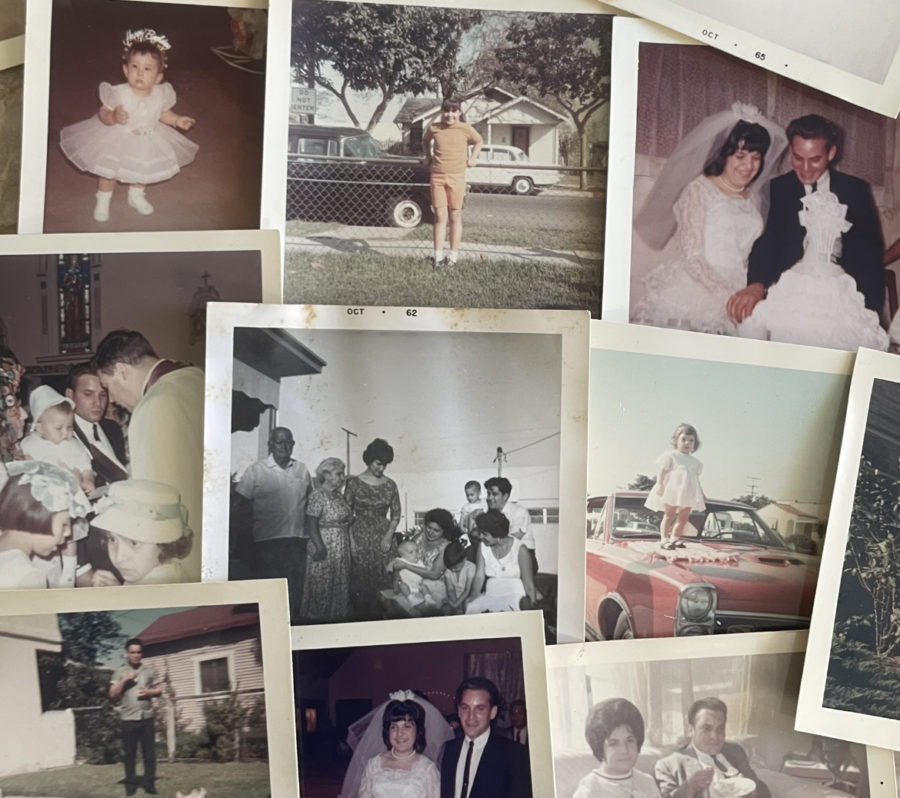




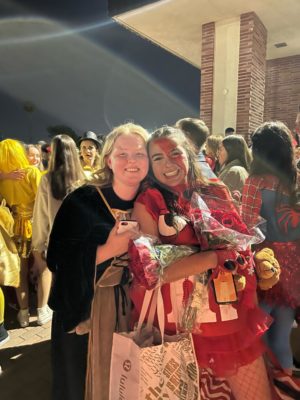
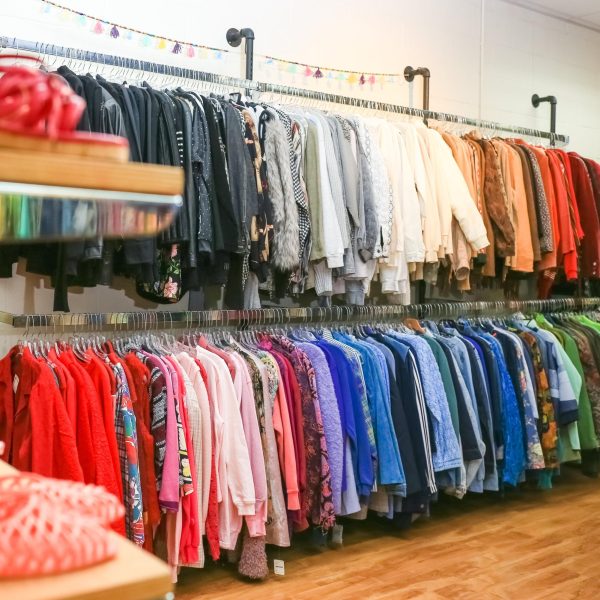


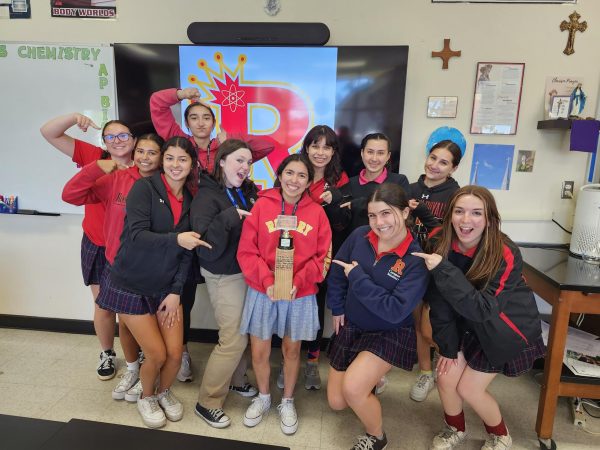

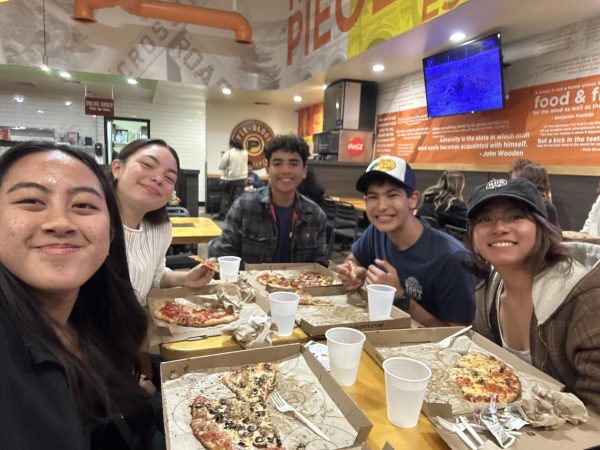


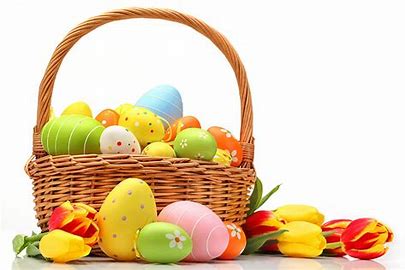
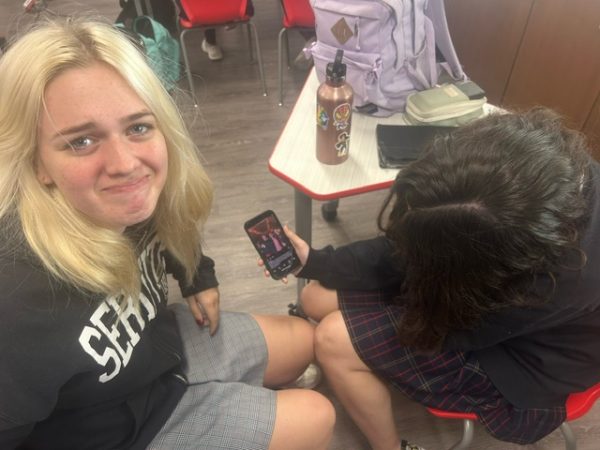
Layla Valenzuela • Sep 23, 2022 at 11:20 am
This article is great!! Love hearing different perspectives from our teachers!